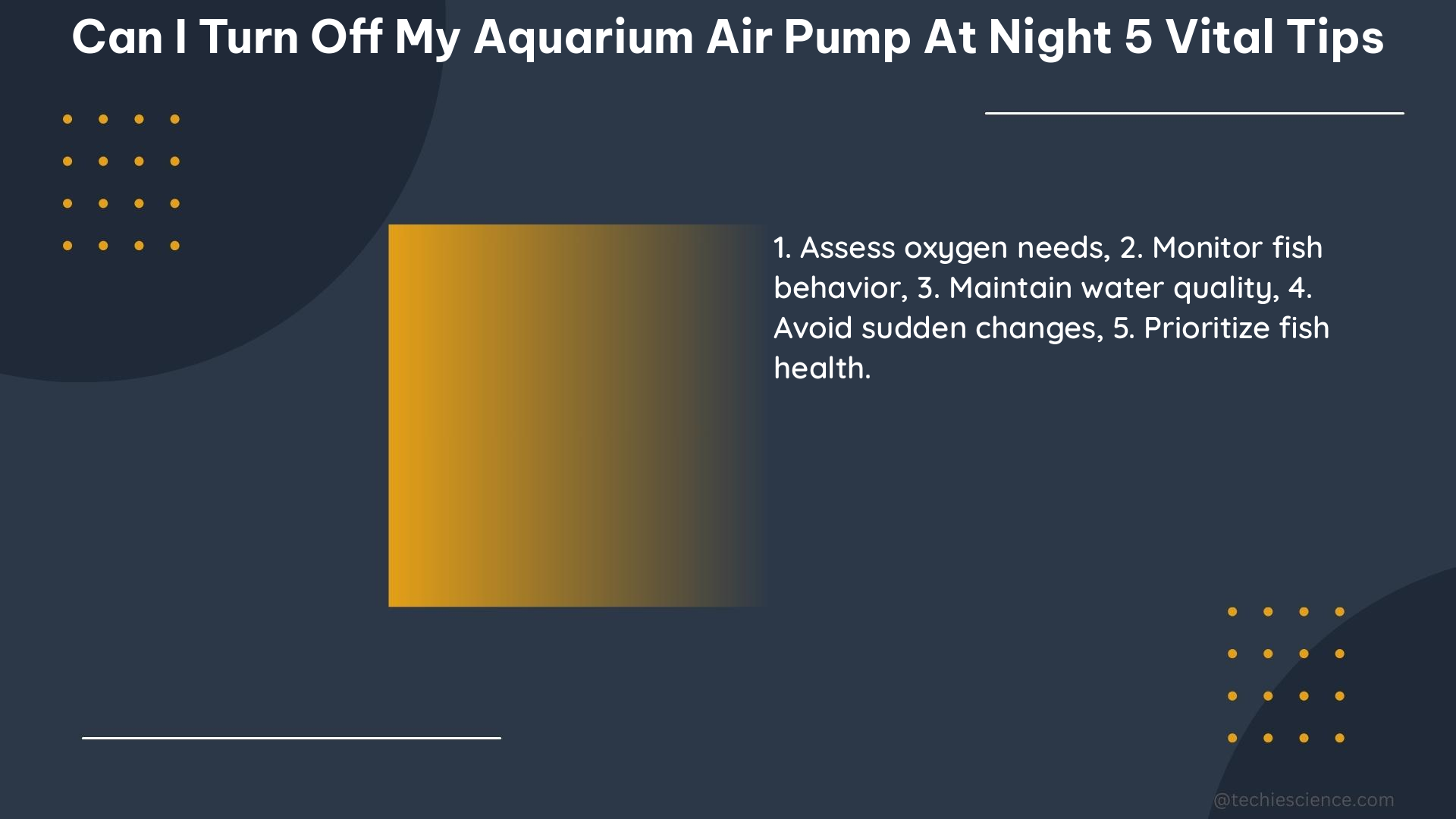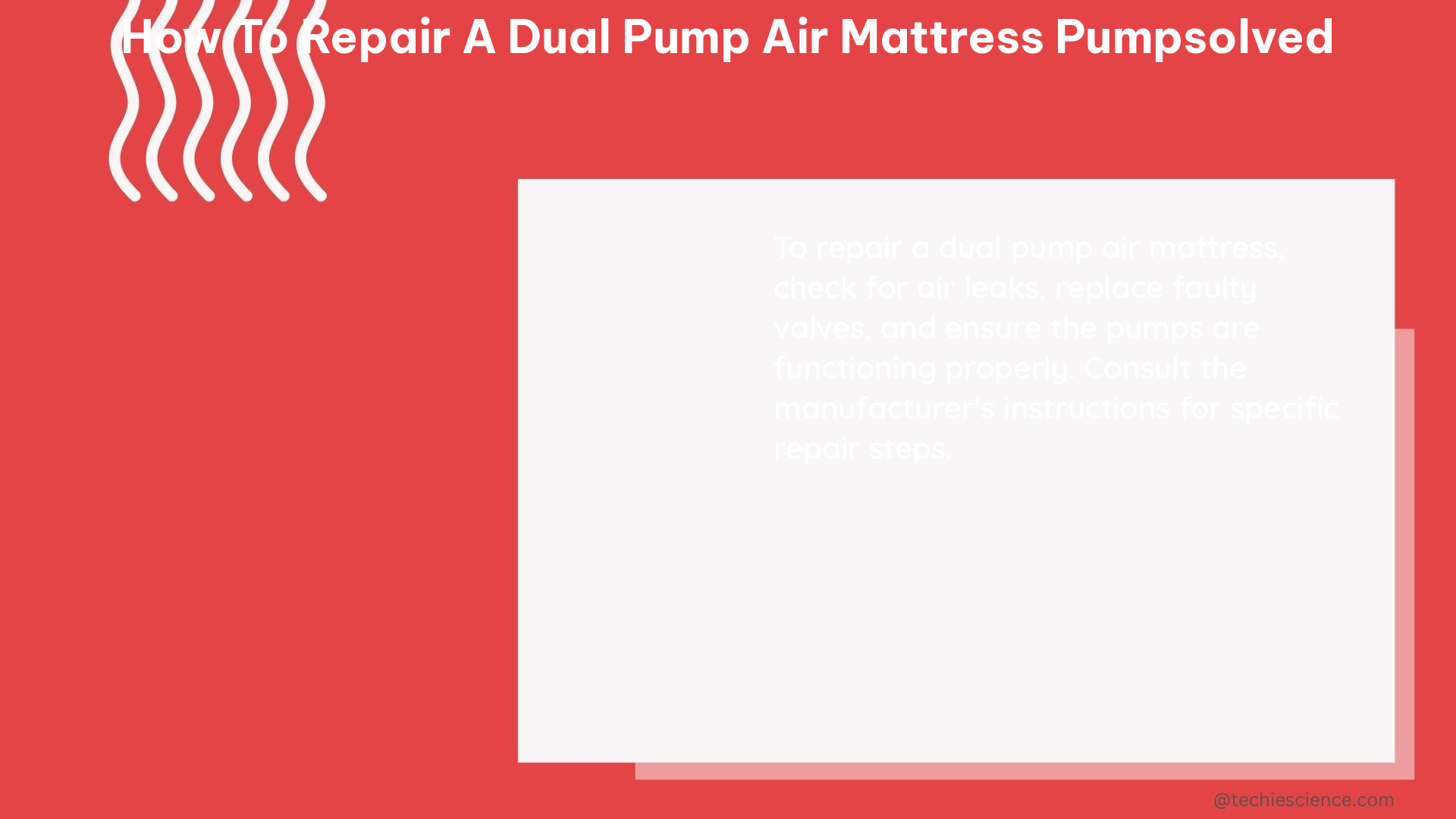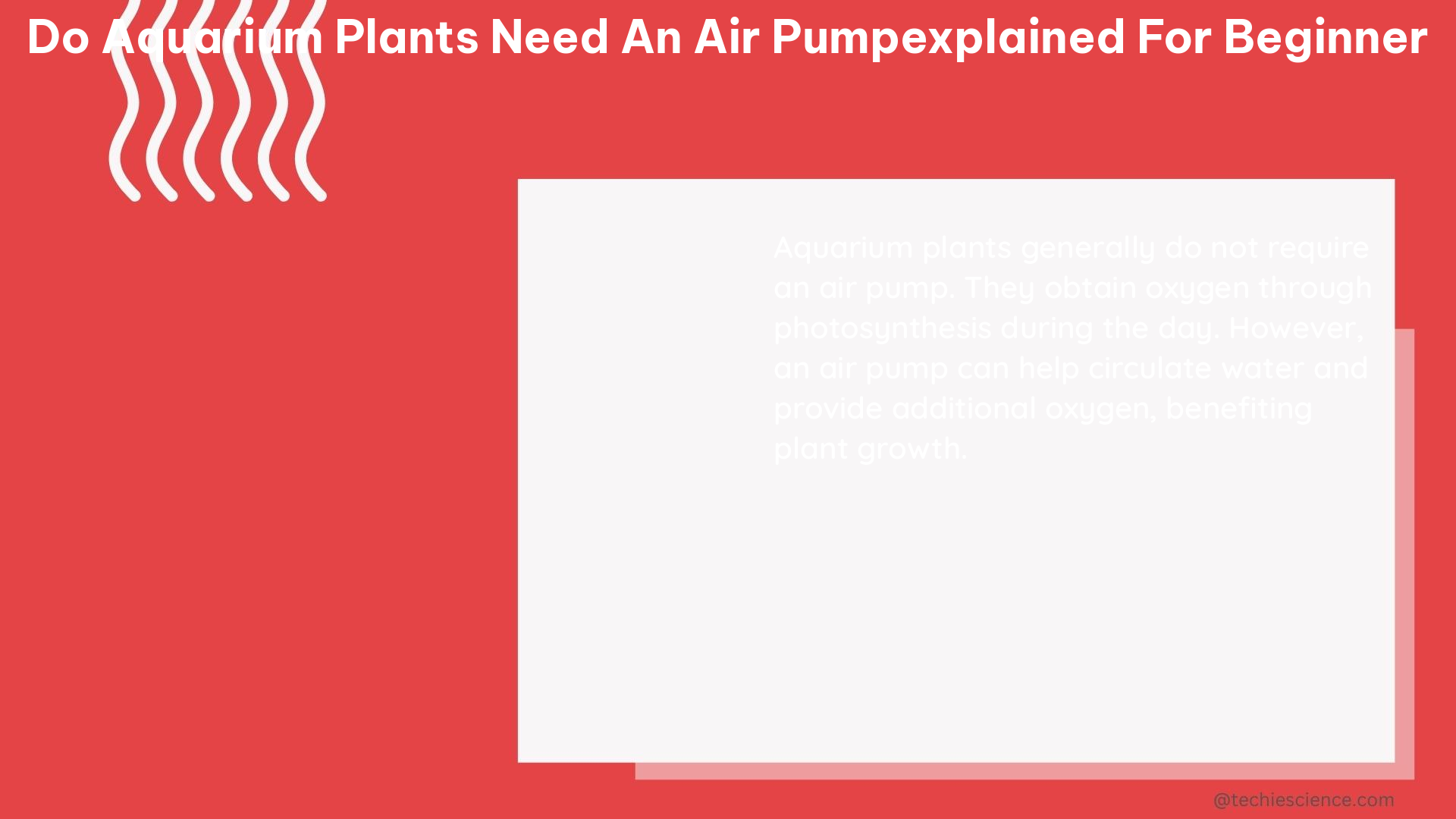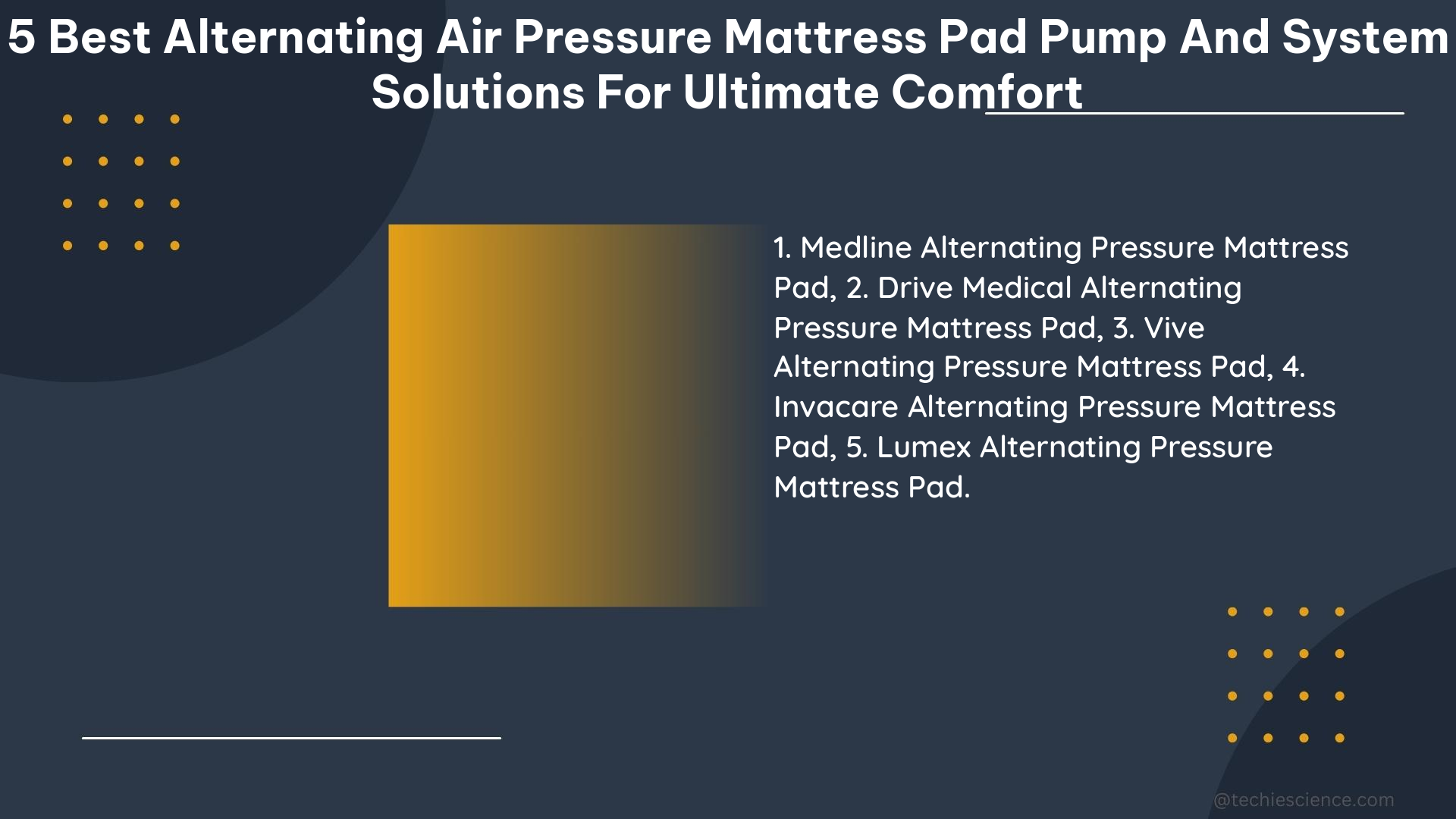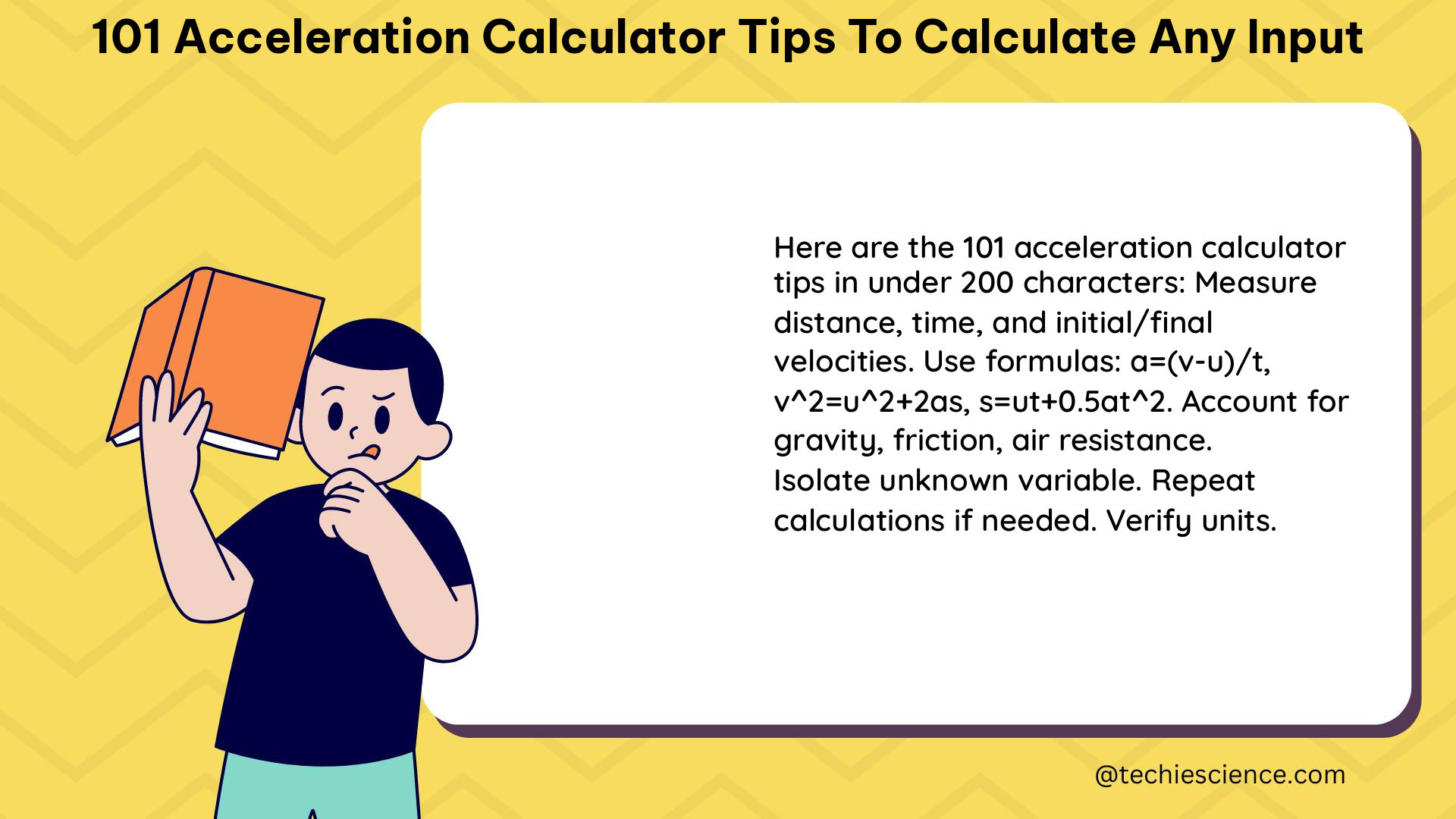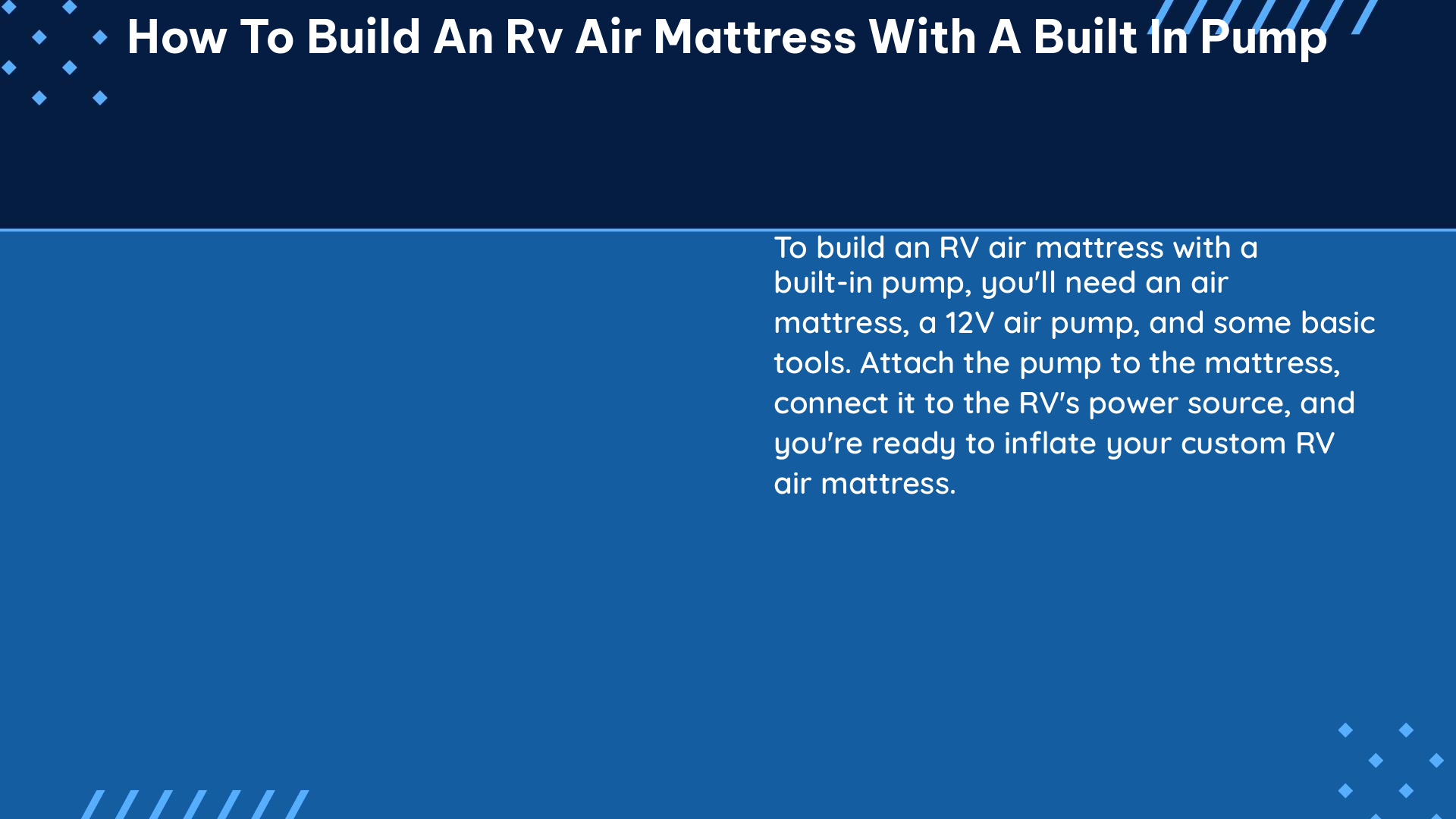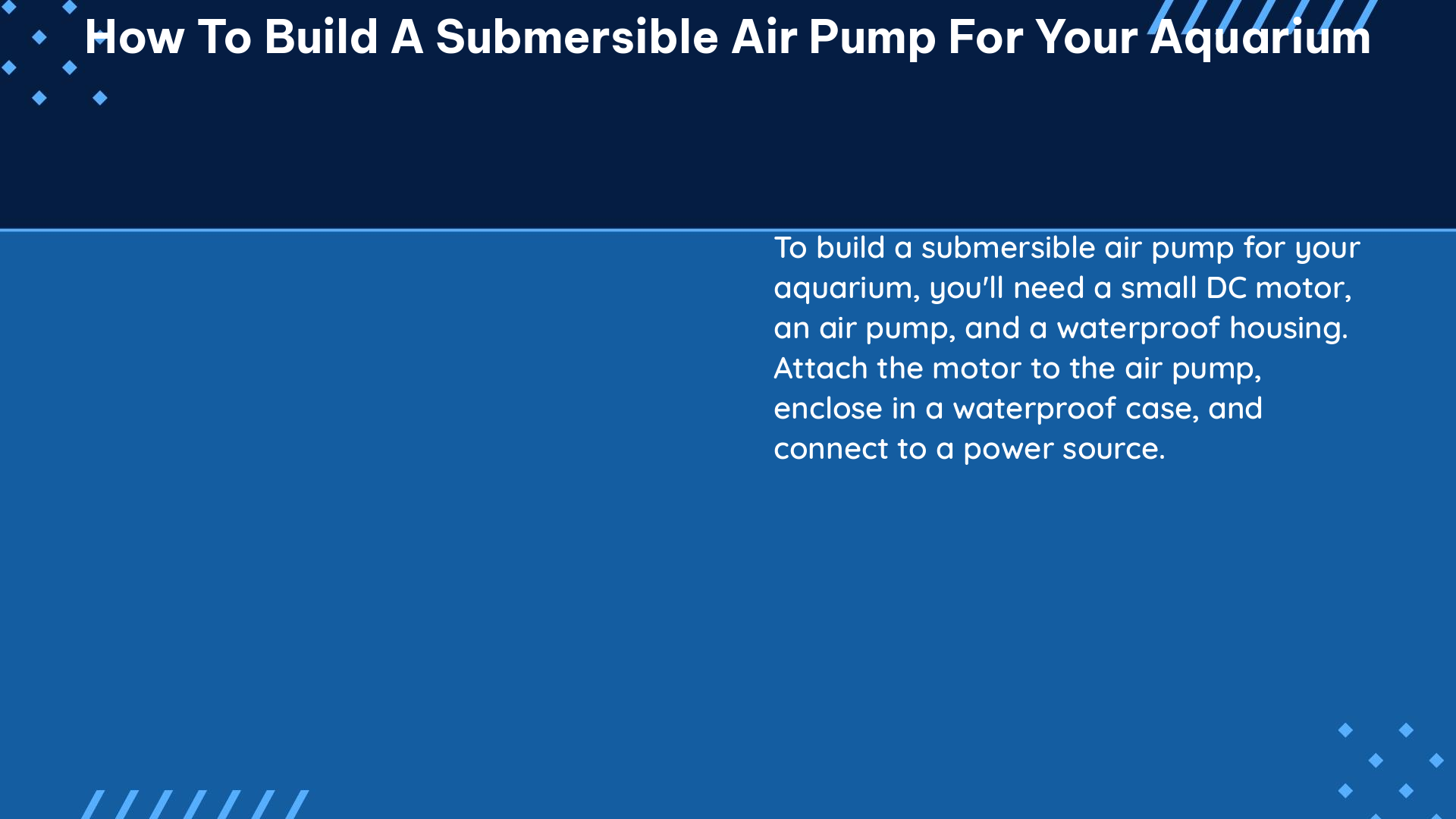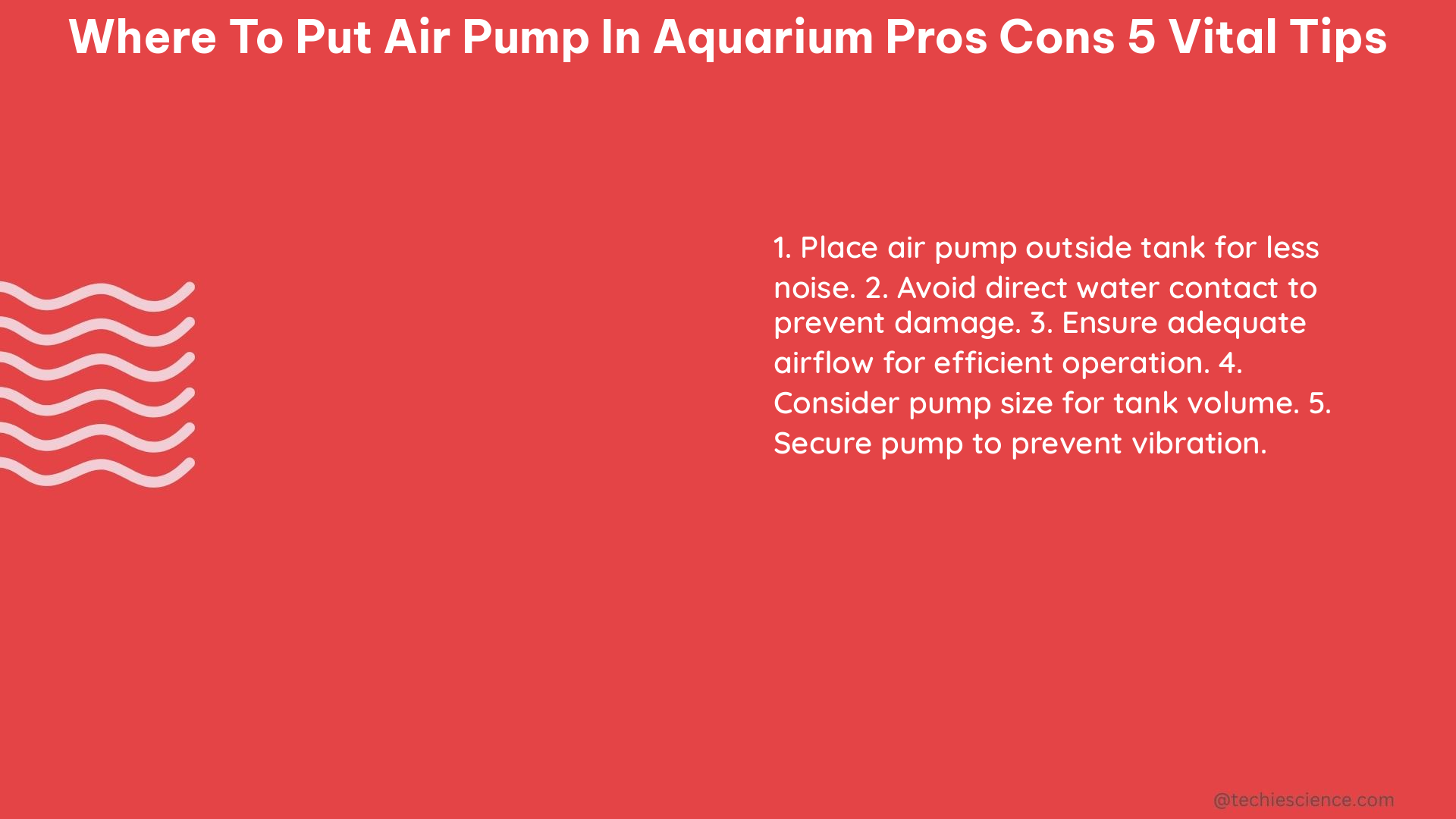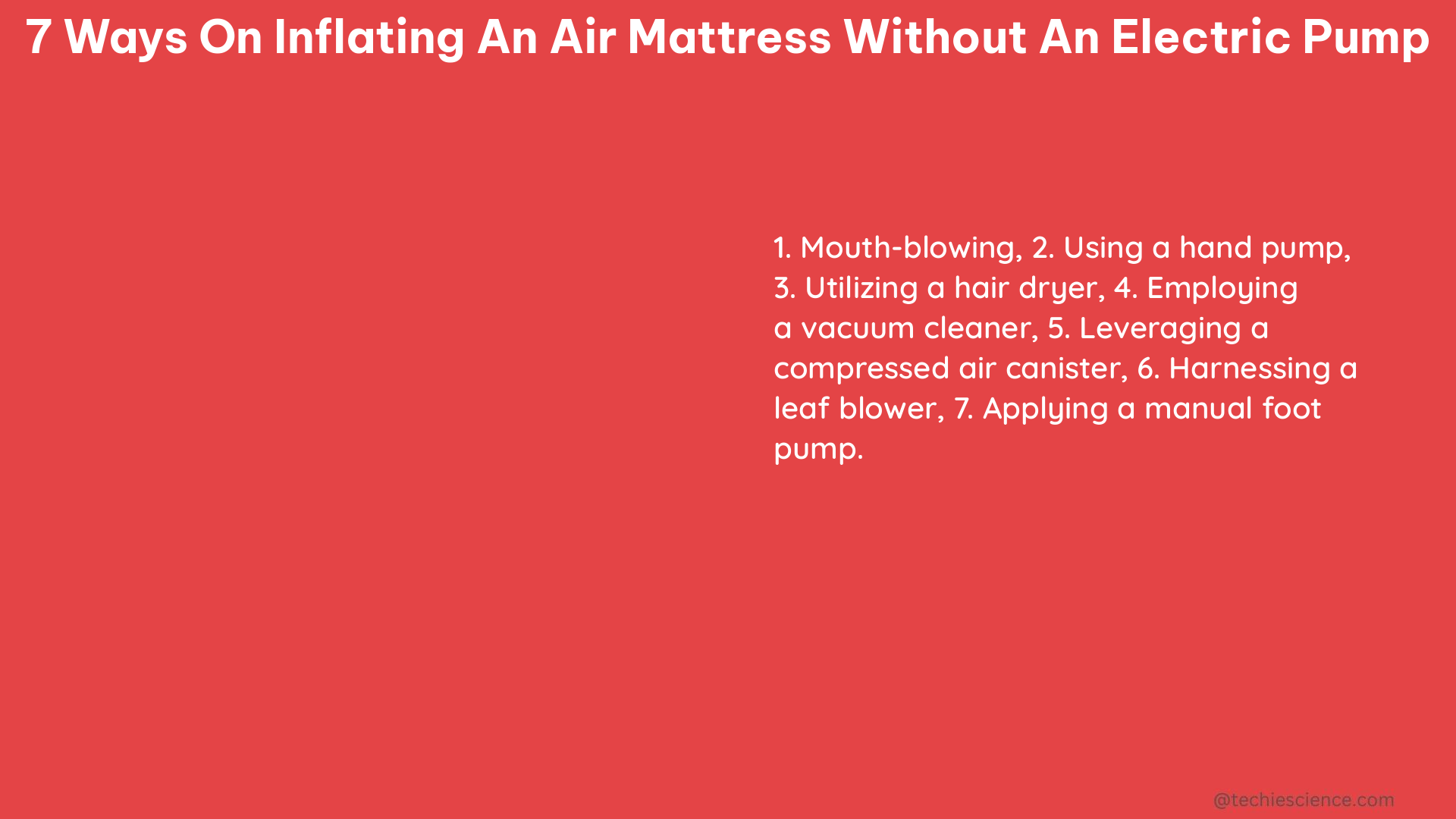Summary
Calculating acceleration is a fundamental concept in physics, and understanding the various factors involved is crucial for many applications, from vehicle dynamics to projectile motion. This comprehensive guide will provide you with 101 tips to effectively use an acceleration calculator and master the art of calculating acceleration for any input.
Understanding the Acceleration Formula

-
Acceleration Formula: The basic acceleration formula is:
a = (v_f - v_i) / t, whereais the acceleration,v_fis the final velocity,v_iis the initial velocity, andtis the time elapsed. -
Rearranging the Formula: You can rearrange the formula to solve for any of the four variables:
v_f = v_i + a*t,v_i = v_f - a*t,t = (v_f - v_i) / a, ora = (v_f - v_i) / t. -
Acceleration Units: Acceleration is typically measured in meters per second squared (m/s²), but it can also be expressed in other units, such as kilometers per hour squared (km/h²) or standard gravity units (g, g-units).
-
Constant Acceleration: When the acceleration is constant, you can use the kinematic equations:
v_f = v_i + a*t,s = v_i*t + 1/2*a*t², andv_f² = v_i² + 2*a*s, wheresis the displacement.
Calculating Acceleration for Different Scenarios
-
Acceleration from Initial and Final Velocities: If you know the initial and final velocities, as well as the time elapsed, you can use the formula
a = (v_f - v_i) / tto calculate the acceleration. -
Acceleration from Displacement and Time: If you know the displacement and the time elapsed, you can use the formula
a = 2*(s - v_i*t) / t²to calculate the acceleration. -
Acceleration from Initial Velocity and Displacement: If you know the initial velocity and the displacement, you can use the formula
a = (v_f² - v_i²) / (2*s)to calculate the acceleration. -
Acceleration from Final Velocity and Displacement: If you know the final velocity and the displacement, you can use the formula
a = (v_f² - v_i²) / (2*s)to calculate the acceleration. -
Acceleration from Initial Velocity, Final Velocity, and Time: If you know the initial velocity, final velocity, and time elapsed, you can use the formula
a = (v_f - v_i) / tto calculate the acceleration. -
Acceleration from Initial Velocity, Displacement, and Time: If you know the initial velocity, displacement, and time elapsed, you can use the formula
a = (2*(s - v_i*t)) / t²to calculate the acceleration.
Calculating Deceleration and Braking
-
Deceleration Calculation: The same acceleration formulas can be used to calculate deceleration, where the final velocity is less than the initial velocity.
-
Braking Distance Calculation: To calculate the braking distance required to come to a full stop, you can use the formula
s = v_i²/(2*a), wheresis the braking distance,v_iis the initial velocity, andais the deceleration. -
Braking Time Calculation: To calculate the time required to come to a full stop, you can use the formula
t = v_i/a, wheretis the braking time,v_iis the initial velocity, andais the deceleration. -
Braking Acceleration Calculation: To calculate the deceleration (braking acceleration) required to come to a full stop in a given distance, you can use the formula
a = v_i²/(2*s), whereais the deceleration,v_iis the initial velocity, andsis the braking distance.
Acceleration Calculations in Different Frames of Reference
-
Relative Acceleration: When dealing with relative motion, you can use the formula
a_rel = a_A - a_B, wherea_relis the relative acceleration,a_Ais the acceleration of object A, anda_Bis the acceleration of object B. -
Acceleration in Rotating Frames: In rotating frames of reference, you need to consider the centripetal acceleration, which can be calculated using the formula
a_c = v²/r, wherea_cis the centripetal acceleration,vis the velocity, andris the radius of the circular motion. -
Acceleration in Non-Inertial Frames: In non-inertial frames of reference, you need to consider the fictitious forces, such as the Coriolis force and the centrifugal force, which can affect the acceleration calculations.
Acceleration Calculations for Specific Applications
-
Acceleration in Projectile Motion: In projectile motion, the horizontal and vertical components of acceleration can be calculated separately using the formulas
a_x = 0anda_y = -g, wheregis the acceleration due to gravity. -
Acceleration in Circular Motion: In circular motion, the radial acceleration can be calculated using the formula
a_r = v²/r, wherea_ris the radial acceleration,vis the velocity, andris the radius of the circular motion. -
Acceleration in Uniform Circular Motion: In uniform circular motion, the tangential acceleration is zero, and the only acceleration present is the centripetal acceleration, which can be calculated using the formula
a_c = v²/r. -
Acceleration in Rotational Motion: In rotational motion, the angular acceleration can be calculated using the formula
α = (ω_f - ω_i) / t, whereαis the angular acceleration,ω_fis the final angular velocity,ω_iis the initial angular velocity, andtis the time elapsed. -
Acceleration in Elevator Motion: When an elevator is accelerating, the apparent weight of an object inside the elevator can be calculated using the formula
F_app = m * (g + a), whereF_appis the apparent weight,mis the mass of the object,gis the acceleration due to gravity, andais the acceleration of the elevator.
Advanced Acceleration Calculations
-
Acceleration in Relativity: In the context of special relativity, the acceleration experienced by an object can be calculated using the formula
a' = a / γ³, wherea'is the proper acceleration,ais the coordinate acceleration, andγis the Lorentz factor. -
Acceleration in Quantum Mechanics: In quantum mechanics, the acceleration of a particle can be calculated using the Ehrenfest theorem, which relates the expectation value of the acceleration to the gradient of the potential energy.
-
Acceleration in Fluid Dynamics: In fluid dynamics, the acceleration of a fluid particle can be calculated using the Navier-Stokes equations, which describe the motion of viscous fluid substances.
-
Acceleration in Astrophysics: In astrophysics, the acceleration of celestial bodies can be calculated using Newton’s law of gravitation, which relates the acceleration to the gravitational force and the masses involved.
-
Acceleration in Particle Physics: In particle physics, the acceleration of charged particles in electromagnetic fields can be calculated using the Lorentz force equation, which relates the acceleration to the electric and magnetic fields.
Practical Tips for Using Acceleration Calculators
-
Unit Conversions: Always ensure that the input variables are in the correct units before performing the calculations. Be mindful of unit conversions, as they can significantly impact the final result.
-
Rounding and Significant Figures: When reporting the calculated acceleration, consider the appropriate number of significant figures based on the precision of the input data.
-
Graphical Representation: Visualizing the acceleration data using graphs can help you better understand the relationship between the variables and identify any patterns or trends.
-
Sensitivity Analysis: Perform sensitivity analyses to understand how changes in the input variables affect the calculated acceleration. This can help you identify the most critical factors in your calculations.
-
Error Analysis: Estimate the uncertainty in the calculated acceleration by considering the uncertainties in the input variables. This can provide a more realistic understanding of the accuracy of the results.
-
Validation: Whenever possible, validate the calculated acceleration against experimental data or other reliable sources to ensure the accuracy of your results.
-
Dimensional Analysis: Perform dimensional analysis to check the consistency of the units in your calculations and ensure that the final result has the correct physical dimensions.
-
Acceleration Profiles: Analyze the acceleration profile over time to understand the dynamics of the system, such as periods of constant acceleration, deceleration, or changes in the rate of acceleration.
-
Optimization: Use the acceleration calculator to optimize system parameters, such as the required acceleration or deceleration for a specific application, to meet performance or safety requirements.
-
Simulation Integration: Integrate the acceleration calculator into simulation software or numerical models to study the dynamic behavior of complex systems, such as vehicle dynamics or robotics.
-
Troubleshooting: If the calculated acceleration seems unrealistic or inconsistent with your expectations, carefully review the input data and the calculation process to identify any potential errors or assumptions that may be affecting the results.
-
Acceleration Limits: Understand the physical limitations and constraints on acceleration, such as the maximum acceleration that can be achieved by a particular vehicle or the maximum deceleration that can be safely applied without causing damage or injury.
-
Acceleration Safety Factors: Consider incorporating safety factors into your acceleration calculations to account for uncertainties, environmental conditions, or other factors that may affect the actual acceleration experienced by the system.
Acceleration Calculation Examples and Case Studies
-
Acceleration of a Falling Object: Calculate the acceleration of a ball dropped from a certain height, considering the effects of air resistance.
-
Acceleration of a Rocket Launch: Determine the acceleration profile of a rocket during its launch phase, taking into account the changing mass and thrust.
-
Acceleration of a Bicycle: Analyze the acceleration of a bicycle during a sprint, considering the rider’s pedaling force and the bike’s mechanical properties.
-
Acceleration of a Roller Coaster: Estimate the acceleration experienced by passengers on a roller coaster, including the effects of gravity, centripetal force, and changes in direction.
-
Acceleration of a Satellite in Orbit: Calculate the acceleration of a satellite in orbit around a planet, using the principles of gravitational acceleration and centripetal force.
-
Acceleration of a Particle in a Collider: Determine the acceleration of charged particles in a particle accelerator, such as a cyclotron or a linear accelerator.
-
Acceleration of a Vibrating System: Analyze the acceleration of a mass-spring-damper system undergoing forced vibrations, considering the effects of the spring constant and damping coefficient.
-
Acceleration of a Rotating Machinery: Estimate the acceleration experienced by components in a rotating machine, such as a turbine or a centrifuge, taking into account the rotational speed and the radius of the motion.
-
Acceleration of a Projectile in Ballistic Motion: Calculate the acceleration of a projectile during its flight, including the effects of gravity, air resistance, and the initial launch conditions.
-
Acceleration of a Vehicle in Emergency Braking: Determine the deceleration and braking distance of a vehicle during an emergency stop, considering the tire-road friction and the vehicle’s mass and speed.
Acceleration Calculation Exercises and Problems
-
Acceleration of a Car from 0 to 60 mph: Calculate the average acceleration of a car that accelerates from 0 to 60 mph in 8 seconds.
-
Acceleration of a Skydiver in Free Fall: Determine the acceleration of a skydiver during the initial free-fall phase, neglecting air resistance.
-
Acceleration of a Bouncing Ball: Analyze the acceleration of a ball during a series of bounces, considering the effects of gravity and the coefficient of restitution.
-
Acceleration of a Pendulum: Calculate the acceleration of a simple pendulum at different points in its swing, using the formula for angular acceleration.
-
Acceleration of a Pulley System: Determine the acceleration of a mass attached to a pulley system, taking into account the masses of the pulleys and the tension in the rope.
-
Acceleration of a Sliding Block: Calculate the acceleration of a block sliding down an inclined plane, considering the effects of friction and the angle of the plane.
-
Acceleration of a Rotating Disk: Analyze the acceleration of a point on the edge of a rotating disk, using the formulas for centripetal and tangential acceleration.
-
Acceleration of a Particle in a Magnetic Field: Determine the acceleration of a charged particle moving in a uniform magnetic field, using the Lorentz force equation.
-
Acceleration of a Spacecraft during Launch: Estimate the acceleration of a spacecraft during the initial launch phase, considering the thrust, mass, and gravitational forces.
-
Acceleration of a Bungee Jumper: Calculate the acceleration experienced by a bungee jumper during the initial free fall and the subsequent deceleration phase.
Advanced Acceleration Calculation Techniques
-
Numerical Integration Techniques: Use numerical integration methods, such as the Euler or Runge-Kutta methods, to solve differential equations describing the motion of complex systems and calculate the acceleration.
-
Finite Element Analysis: Employ finite element analysis (FEA) techniques to model the acceleration of structures or components under various loading conditions, taking into account the material properties and boundary conditions.
-
Computational Fluid Dynamics: Apply computational fluid dynamics (CFD) simulations to calculate the acceleration of objects moving through fluids, considering the effects of drag, lift, and other fluid-related forces.
-
Machine Learning Approaches: Explore the use of machine learning algorithms to predict or estimate acceleration based on historical data, sensor measurements, or other relevant inputs.
-
Kalman Filtering: Utilize Kalman filtering techniques to estimate the acceleration of a system by combining measurements from multiple sensors and accounting for uncertainties in the data.
-
Optimization Algorithms: Employ optimization algorithms, such as gradient-based methods or evolutionary algorithms, to find the optimal acceleration profiles that satisfy specific constraints or objectives.
-
Multibody Dynamics: Develop multibody dynamic models to analyze the acceleration of complex systems with multiple interconnected components, such as robotic manipulators or vehicle suspensions.
-
Uncertainty Quantification: Incorporate uncertainty quantification methods to assess the impact of input parameter uncertainties on the calculated acceleration and provide a more comprehensive understanding of the system’s behavior.
-
Sensitivity Analysis Techniques: Utilize advanced sensitivity analysis techniques, such as global sensitivity analysis or Sobol sensitivity indices, to identify the most influential factors affecting the acceleration calculations.
-
Experimental Validation: Combine computational models with experimental data to validate the acceleration calculations and improve the accuracy of the simulation tools.
Acceleration Calculation Applications and Case Studies
-
Vehicle Dynamics: Use acceleration calculations to analyze the performance, handling, and safety of vehicles, including cars, motorcycles, and heavy-duty trucks.
-
Aerospace Engineering: Apply acceleration calculations to study the flight dynamics of aircraft, spacecraft, and missiles, including launch, ascent, and re-entry phases.
-
Robotics and Automation: Utilize acceleration calculations to design and control the motion of robotic systems, such as industrial manipulators, mobile robots, and humanoid robots.
-
Sports and Athletic Performance: Analyze the acceleration of athletes and sports equipment, such as sprinters, jumpers, and ball-striking events, to optimize training and performance.
-
Structural Engineering: Incorporate acceleration calculations in the design and analysis of structures, such as buildings, bridges, and offshore platforms, to assess their dynamic response under various loading conditions.
-
Biomedical Engineering: Apply acceleration calculations to study the biomechanics of the human body, including the motion of limbs, joints, and organs, for applications in rehabilitation, prosthetics, and sports medicine.
-
Earthquake Engineering: Use acceleration calculations to model the ground motion and seismic response of structures during earthquakes, enabling the design of earthquake-resistant buildings and infrastructure.
-
Vibration Analysis: Employ acceleration calculations to analyze the vibration characteristics of mechanical systems, such as rotating machinery, power transmission components, and civil engineering structures.
-
Particle Accelerator Design: Utilize acceleration calculations to optimize the design and operation of particle accelerators, such as linear accelerators, cyclotrons, and synchrotrons, for applications in physics research and medical treatments.
-
Renewable Energy Systems: Incorporate acceleration calculations in the design and analysis of renewable energy systems, such as wind turbines and wave energy converters, to understand the dynamic behavior and optimize their
